- Joined
- Dec 1, 2016
- Messages
- 6,329
- Points
- 728

 |
As a way to introduce our brass coins to the community, we will raffle off a free coin during the month of August. Follow link ABOVE for instructions for entering. |
 |





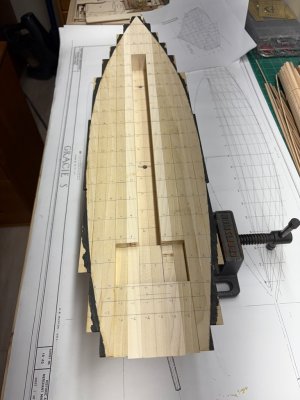



More input the better!Greg,
Elegant looking start.
I hope me projecting what I would try from looking at your process so far is OK.
The slope for removal of the lift closest to the keel? I find intimidating. I am not sure how I would do it. It is really acute.
You have it all glued up?
I would use my drum sander to remove the bulk of the transition wood from each layer before I bonded it. Not too close because it is a dynamic curve from one buttock line to the next. A flat facet would be the natural product if the removal is literal line to line.
You have station lines. Now the lines on the lifts will be quickly gone. The lines at the keel and at the rail will remain.
In my drawing program I trace each station's outside shape on its own layer. I cycle the three easy to select colors: RGB for the pattern. #16 = R - #14 G - #12 B - #10 R and #18 G - #20 B - #22 R etc. It is not as important for you to idiot proof the patterns as it is for me, but you never know. And all black can lead to loss of focus. You only have Keel, LWL, and Rail to worry about - no wales no port sills, but I would include those three on each station pattern. With what you are doing also have each buttock line: Black. A base layer has the reference grid.
Each station is a separate layer. I combine (COLLAPSE LAYERS) each station with a copy of the grid. On a canvas that is the size of the printer paper I space each layer. I leave plenty of room outside the pattern before I site the next one. I include the station number for each station. Print.
For GracieS, I think that 5x8 cards are large enough, I glue a three layer ply of the cards using an adhesive that is not water based. Duco works for me.
I glue the pattern for each station on a separate card - again Duco and not the rubber cement I use on frame stock there is no need to remove the pattern when it has done its job. I cut away the inside. Sharp and Blunt's do the job for me.
A gauge for each station and the location for LWL. For GracieS the LWL is a straight line and perhaps a laser line level is a more sure thing but more data is good to have.


Find the dead flat on your drawing. It’s usually marked by a symbol. ( a circle with two half circles back to back). It should be the widest hull section on your body plan.

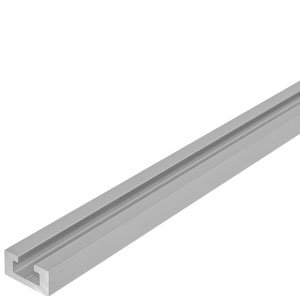
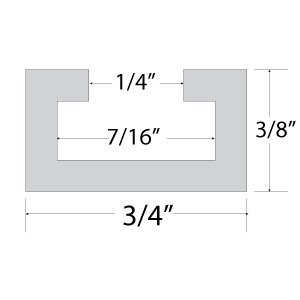
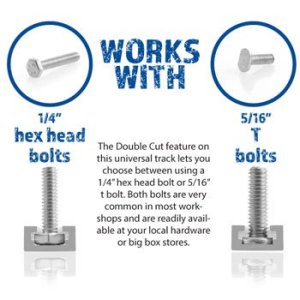

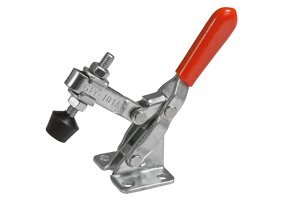
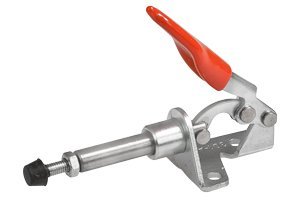
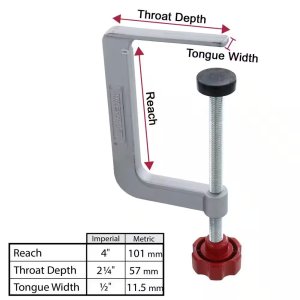


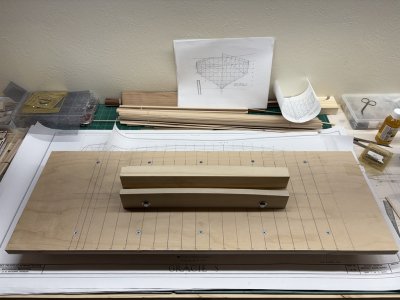
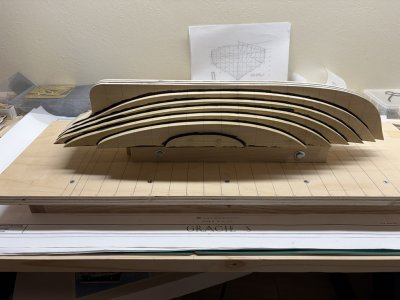


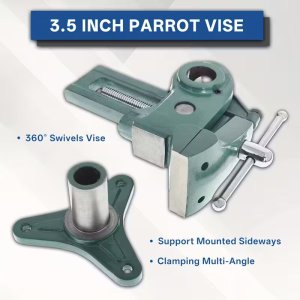

Greg.
I came across this vise recently and it gave me an idea about a way to do the carving and shaping of the hull.
The name is parrot vise. A type that was new to me.
View attachment 559372View attachment 559373
Your lifts meet at the midline. There is not a full keel layer that is part of both sides. This has my suggestion easier to remove when its job is over.
On one side - port say - instead of it having the deck level shape, it has a tab that is hull length and is high enough for vise jaws to grip.
The vise is not on a ball swivel but it is horizontal or vertical which is probably enough. Any type vise that swivels and is substantial enough would do the same job.
No baseboard needed. This vise looks heavy but for this carving job I would bolt it to a substantial square of wood for a base.
With Yellow Poplar not much force will be needed to cut into it. If it were a heavy species I would be thinking: mallet for the chisel.
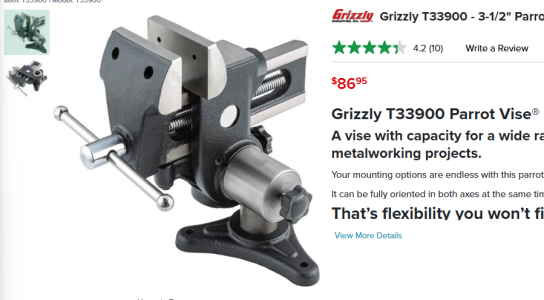


Both pix are part of the one product page. Let me look at the site and see if there are multiple options. No, just the one 3.5" - but that duckbill vise in pict.#1 is not there. TEMU $38 it is a stateside origin - which means that shipping may not be free.I see the 3.5" version that you show on the right is easy to obtain and not too expensive. I'm curious about the one on the left with the very tall set of jaws - I can't find this type for sale; did your picture come from a vendor?

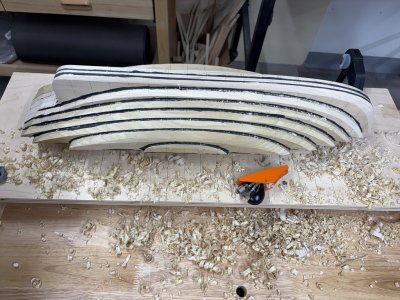

I came across this vise recently and it gave me an idea about a way to do the carving and shaping of the hull.
The name is parrot vise. A type that was new to me.
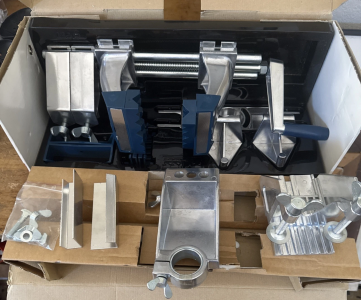
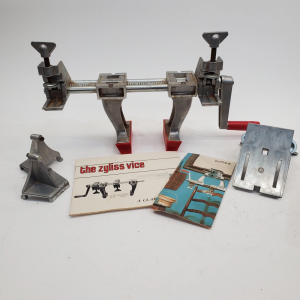


Bob,I grabbed the second basic vise when I had the opportunity to get it cheap so I could have one dedicated solely to holding model hulls.
Bob,
I am thinking theoretically here. Do the main two C-clamps have enough surface area at the bottom to support the vise if a bolt replaced the threaded rod and circular pad? I suspect that the circular pad is held by a spring clamp. Remove the spring and then the pad. Back the threaded rod out and remove it. If a bolt from a flat surface came up thru the hole and a washer and nut held it to the surface, would that support the vise?
Think: a table with a T-track system. The vise part could be in the middle of its bench and rotate around the X axis.
